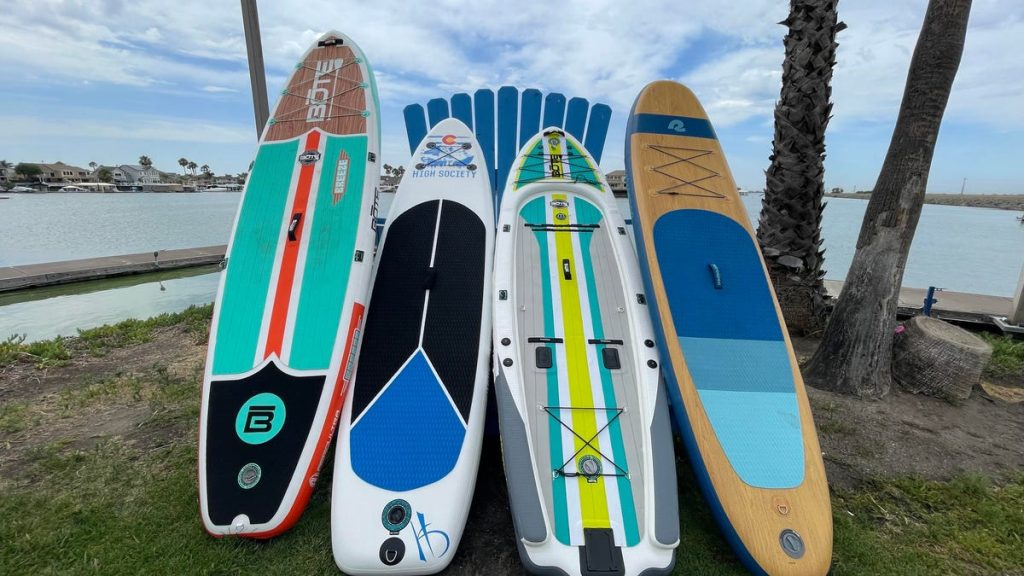Paddle board enthusiasts have the option of choosing between solid and inflatable boards, with each type offering its own set of advantages. Solid boards are more durable and stable in rough waters, making them better suited for ocean use. However, they are heavier and more difficult to transport and store. Inflatable boards, on the other hand, are easier to store in small spaces and transport to the water, making them convenient for those with limited storage space or without roof racks on their vehicles.
Paddle boards come in various designs tailored for different activities such as touring, racing, yoga, fishing, multi-person use, and leisure paddling. Touring boards are ideal for long-distance paddling, while racing boards prioritize speed and maneuverability. Yoga boards offer a wider space for practicing poses, while fishing boards are designed with additional features like D-rings for attaching gear. Multi-person boards cater to those looking to paddle with a partner or group, while leisure boards provide a balanced combination of speed, stability, and maneuverability.
Prices for paddle boards can vary widely, with inflatable boards generally being more affordable than solid ones. Performance and racing boards tend to be the most expensive due to their advanced designs and materials. Budget-conscious buyers can find quality paddle boards starting at around $300, while high-end options can cost $2,000 or more. It’s important to consider your budget and intended use when choosing a paddle board that suits your needs and preferences.
Storage space is a crucial factor to consider when purchasing a paddle board, especially if you opt for a solid board. The size and bulk of a solid SUP can pose challenges in terms of storing it in a small living space. Those living in apartments or homes with limited storage may need to get creative with solutions like wall mounts or storage racks to keep their paddle board safely stored when not in use. Before buying a paddle board, make sure to assess your available storage space and choose a board that fits comfortably within your living arrangements.
In conclusion, the choice between solid and inflatable paddle boards ultimately depends on your individual circumstances and preferences. Consider factors such as durability, stability, portability, and storage when deciding which type of board to purchase. Additionally, think about the activities you plan to engage in while paddle boarding and choose a board that is specifically designed to enhance your experience. With a wide range of options available in terms of functionality and price, there is a paddle board to suit every budget and lifestyle.


